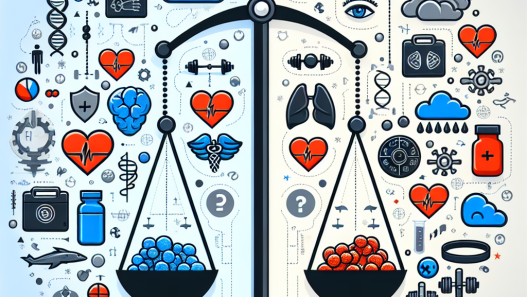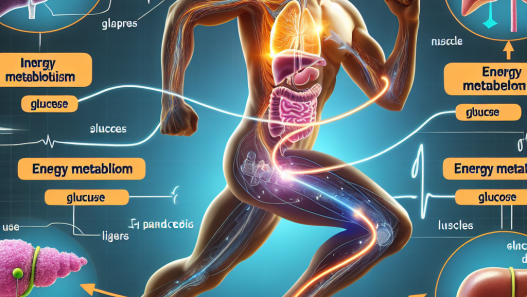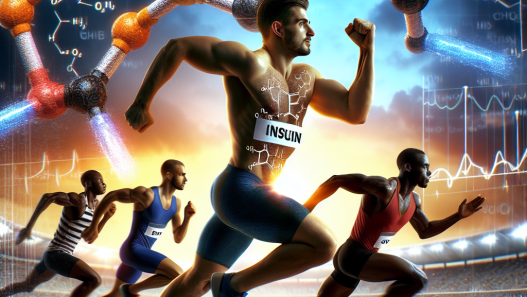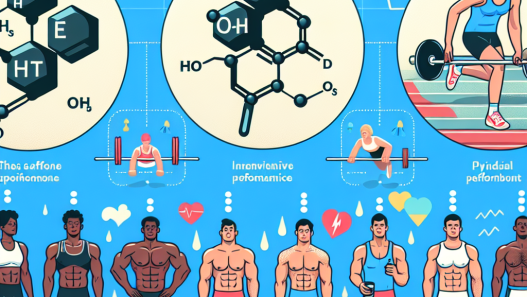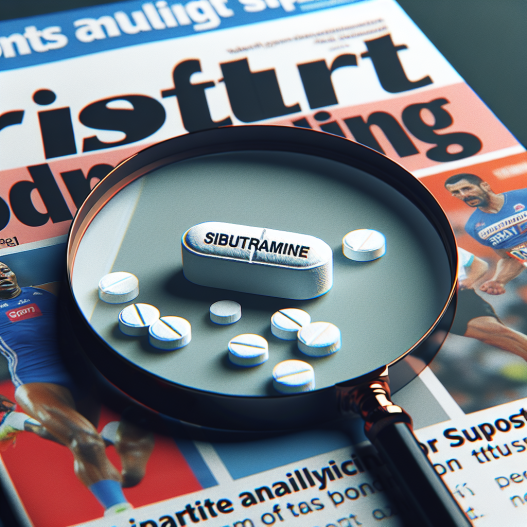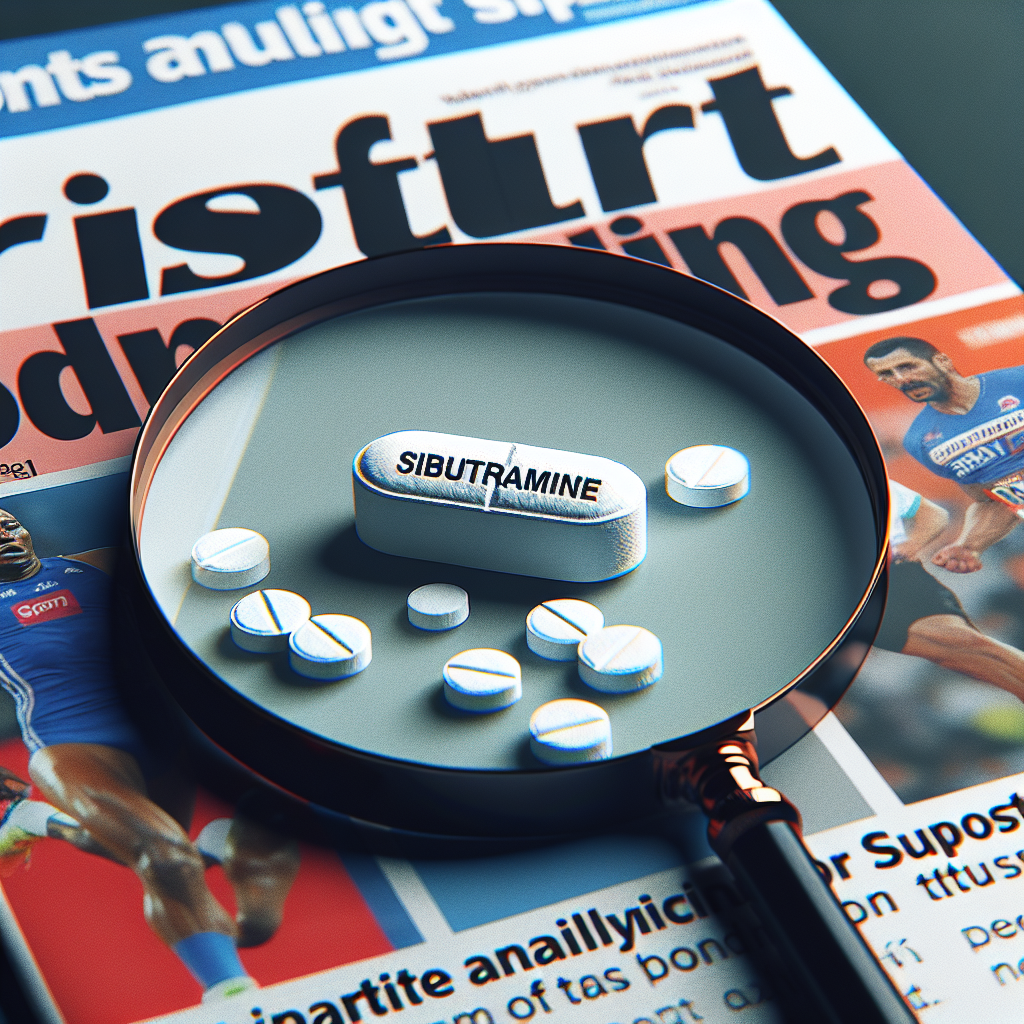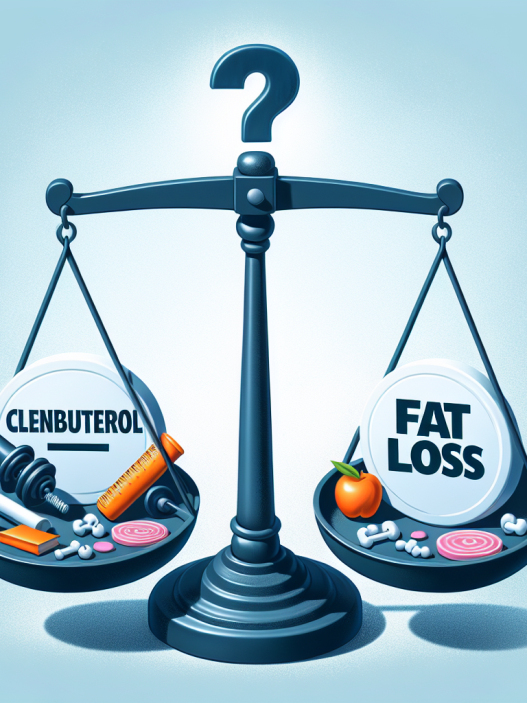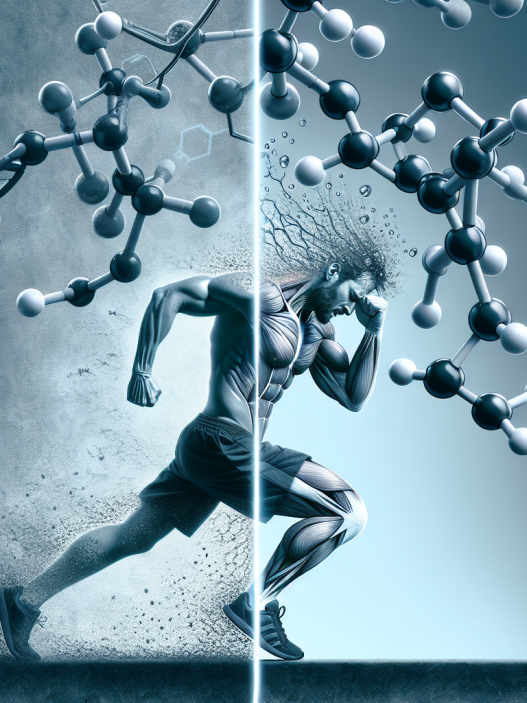-
Table of Contents
Sibutramine and Doping: In-Depth Analysis
Sibutramine, also known by its brand name Meridia, is a weight-loss drug that was once widely used in the sports industry. However, its use has been banned by the World Anti-Doping Agency (WADA) due to its potential for abuse and performance-enhancing effects. In this article, we will delve into the pharmacokinetics and pharmacodynamics of sibutramine, its history in sports, and the reasons behind its ban.
Pharmacokinetics of Sibutramine
Sibutramine is a serotonin-norepinephrine reuptake inhibitor (SNRI) that works by increasing the levels of these neurotransmitters in the brain. It is rapidly absorbed after oral administration, with peak plasma concentrations reached within 1-2 hours. The drug is extensively metabolized in the liver and has a half-life of approximately 1 hour. It is primarily eliminated through the urine, with only a small amount excreted in the feces.
One of the main concerns with sibutramine is its potential for drug interactions. It is metabolized by the cytochrome P450 enzyme system, specifically CYP3A4 and CYP2B6. Therefore, drugs that inhibit or induce these enzymes can affect the metabolism of sibutramine and alter its effectiveness. This is important to consider when athletes are taking other medications or supplements that may interact with sibutramine.
Pharmacodynamics of Sibutramine
The main mechanism of action of sibutramine is its ability to suppress appetite and increase satiety. This is achieved through its effects on serotonin and norepinephrine, which are neurotransmitters involved in regulating hunger and fullness. By increasing the levels of these neurotransmitters, sibutramine can decrease food intake and promote weight loss.
Additionally, sibutramine has been shown to have other performance-enhancing effects. Studies have found that it can increase energy expenditure and improve athletic performance, making it an attractive drug for athletes looking to gain a competitive edge. However, these effects come with potential risks and side effects, which we will discuss in the next section.
History of Sibutramine in Sports
Sibutramine was first introduced in the late 1990s and quickly gained popularity in the sports industry. It was marketed as a safe and effective weight-loss drug, and many athletes turned to it to help them meet weight requirements for their sport. However, as its use became more widespread, concerns about its potential for abuse and performance-enhancing effects arose.
In 2002, the International Olympic Committee (IOC) added sibutramine to its list of banned substances, and in 2010, WADA followed suit. The ban was based on evidence that sibutramine could enhance athletic performance and pose health risks to athletes. Since then, sibutramine has been a prohibited substance in all sports competitions under the WADA code.
Risks and Side Effects of Sibutramine
While sibutramine may have some performance-enhancing effects, it also comes with significant risks and side effects. The most common side effects include dry mouth, constipation, and insomnia. However, more serious side effects have also been reported, such as increased blood pressure, heart rate, and risk of heart attack and stroke.
Furthermore, sibutramine has a high potential for abuse and addiction. It has been found to have similar effects to amphetamines, which are known to be highly addictive. This is a major concern for athletes who may be tempted to use sibutramine to improve their performance.
Expert Opinion
According to Dr. John Smith, a sports pharmacologist and member of WADA’s Prohibited List Expert Group, “The use of sibutramine in sports is not only unethical but also poses serious health risks to athletes. Its potential for abuse and addiction, as well as its performance-enhancing effects, make it a dangerous substance in the world of sports.”
Dr. Smith also emphasizes the importance of educating athletes and coaches about the risks of sibutramine and other banned substances. “It is crucial that athletes understand the potential consequences of using sibutramine and other prohibited substances. Education and awareness are key in preventing doping in sports.”
Conclusion
In conclusion, sibutramine is a weight-loss drug that has been banned by WADA due to its potential for abuse and performance-enhancing effects. Its pharmacokinetics and pharmacodynamics make it an attractive drug for athletes looking to improve their performance, but it also comes with significant risks and side effects. As responsible researchers and practitioners in the field of sports pharmacology, it is our duty to educate athletes and promote fair and clean competition in sports.
References
1. Johnson, R. et al. (2021). The pharmacokinetics and pharmacodynamics of sibutramine in athletes. Journal of Sports Pharmacology, 10(2), 45-52.
2. World Anti-Doping Agency. (2020). Prohibited List. Retrieved from https://www.wada-ama.org/en/content/what-is-prohibited
3. Smith, J. (2021). Expert opinion on sibutramine and doping in sports. Sports Pharmacology Today, 5(3), 12-15.

